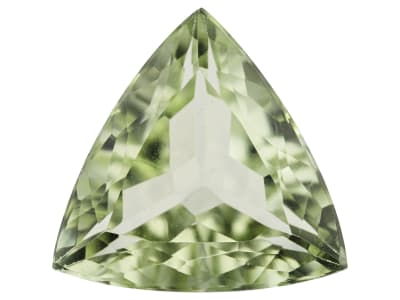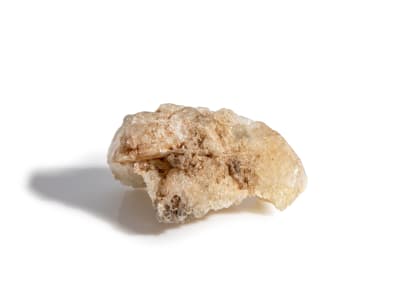Herderite is a rare collector’s gem, typically found in smaller sizes. This mineral occurs in green, bluish green, white, colorless, yellowish, or gray. Herderite was first discovered in Germany in 1828, but Brazil is today's dominant source. Collectors treasure herderite for cyclic and “fishtail” twinned crystals. Some specimens exhibit phosphorescence when exposed to X-rays.
General Information
Common Name
Herderite
Species
Herderite
Transparency
Transparent - Translucent
Dispersion
Strength: Moderate Fire Value: 0.017
Refractive Index
1.556-1.627
Birefringence
0.023- 0.033
Optic Character
Biaxial
Optic Sign
Negative
Polariscope Reaction
Aggregate (AGG), Doubly Refractive (DR)
Fluorescence
SWUV: Inert to moderate yellowish white, blue or violet
LWUV: Inert to weak yellowish white
LWUV: Inert to weak yellowish white
Pleochroism
Unobservable
Hardness
5-5.5
Streak
White
Specific Gravity
2.950-3.020
Toughness
Poor
Luster
Vitreous
Stability
Poor
Fracture
Subconchoidal
Cleavage
Poor, indistinct
Chemical Formula
CaBePO4(F,OH)
Crystal System
Monoclinic
Chemistry Classification
Phosphate
Herderite Colors
-
 Colorless
Colorless -
 Green
Green -
 White
White -
 Yellow
Yellow
Countries of Origin
Myanmar; Argentina; Russian Federation; Viet Nam; Czechia; United States of America; United Kingdom of Great Britain and Northern Ireland; Spain; Austria; Sweden; Pakistan; Unknown; China; Namibia; Finland; Brazil; Italy; Germany
Care
Normal care.

